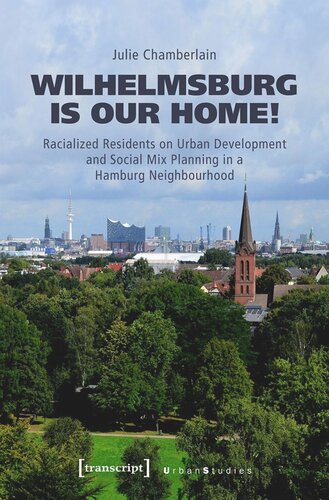

Most ebook files are in PDF format, so you can easily read them using various software such as Foxit Reader or directly on the Google Chrome browser.
Some ebook files are released by publishers in other formats such as .awz, .mobi, .epub, .fb2, etc. You may need to install specific software to read these formats on mobile/PC, such as Calibre.
Please read the tutorial at this link: https://ebookbell.com/faq
We offer FREE conversion to the popular formats you request; however, this may take some time. Therefore, right after payment, please email us, and we will try to provide the service as quickly as possible.
For some exceptional file formats or broken links (if any), please refrain from opening any disputes. Instead, email us first, and we will try to assist within a maximum of 6 hours.
EbookBell Team

4.3
18 reviewsIn a neighbourhood facing massive redevelopment, racialized residents speak about stigma, social mixing, and what the island community means to them. Based on rich interviews, photographs, and archival research, Julie Chamberlain rejects the usual silence in German urban studies around racialization and examines how constructing some groups as »not belonging« has shaped Hamburg-Wilhelmsburg's past and present. For racialized long-time residents, it is Heimat, a space of belonging in the context of exclusion. As social mix policy threatens that belonging, residents explore their hopes and their fears for the future of an urban space where gentrification looms.